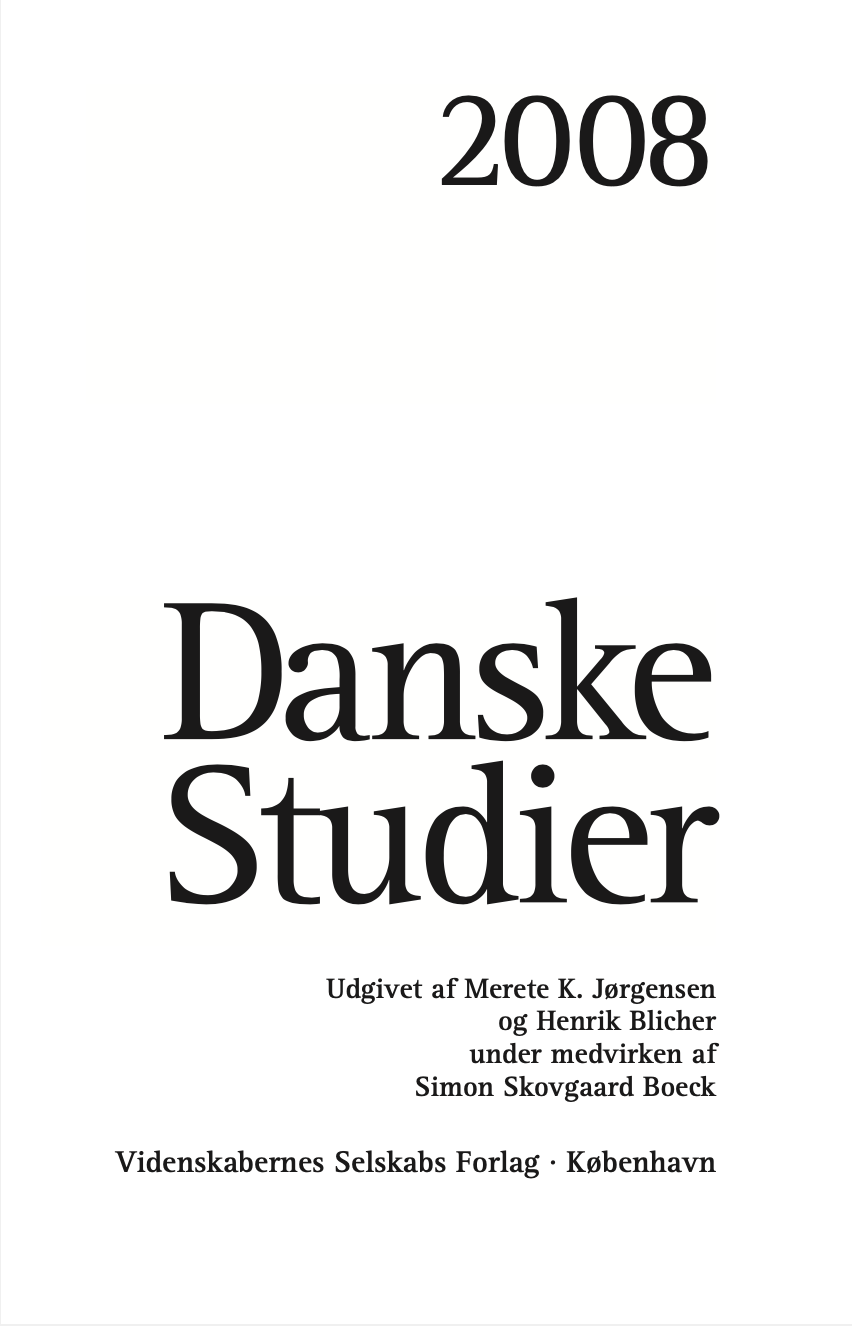Danmarks logofile orkester: Shu-bi-dua og sproget
Keywords:
Shu-bi-dua, Musik, Orddannelse, LingvistikAbstract
The band Shu-bi-dua (founded in 1973) is well-known to three generations of Danes for its remarkable treatment of language. However, apart from a few essays pointing out imprecise features like ‘language play’ and ‘funny language’, no serious attempt to describe how the band uses language has been made. A thorough linguistic analysis of their language techniques has hitherto been lacking. This contribution takes the first step towards such a task by focusing mainly on phonology, morphology, lexicology, phraseology, semantics, and text linguistics. We have identified a number of techniques which characterize the band’s language use, e.g. syllable sharing, morphological and phraseological modification, an extensive use of elements from foreign languages, of place names and personal names, of intertextuality, and of rhyme manipulation. The creation of new words and phrasemes, some of which have found their way into everyday vocabulary, is another important linguistic feature of the band.
Downloads
Published
How to Cite
Issue
Section
License

This work is licensed under a Creative Commons Attribution-NonCommercial-ShareAlike 4.0 International License.
Artikler offentliggjort fra 1/1 2021 er omfattet af CC BY-NC-ND-Licens.
Artikler publiceret i Danske Studier før 1/1 2021 er underlagt dansk ophavsret. Det betyder at man må citere, downloade og linke til dem via tidsskrift.dk. Genudgivelse af artiklerne kræver en aftale med redaktionen som også ejer ophavsretten.





